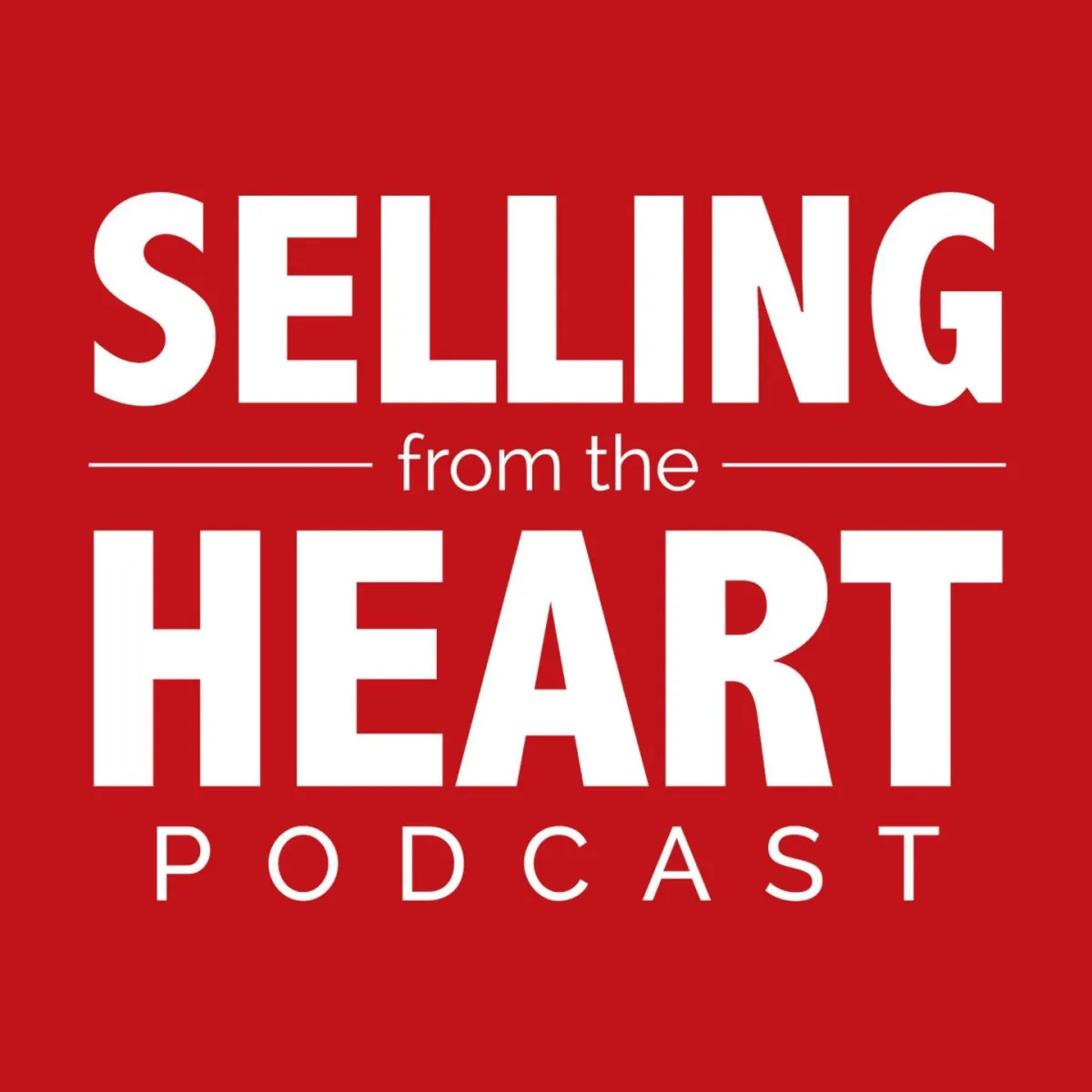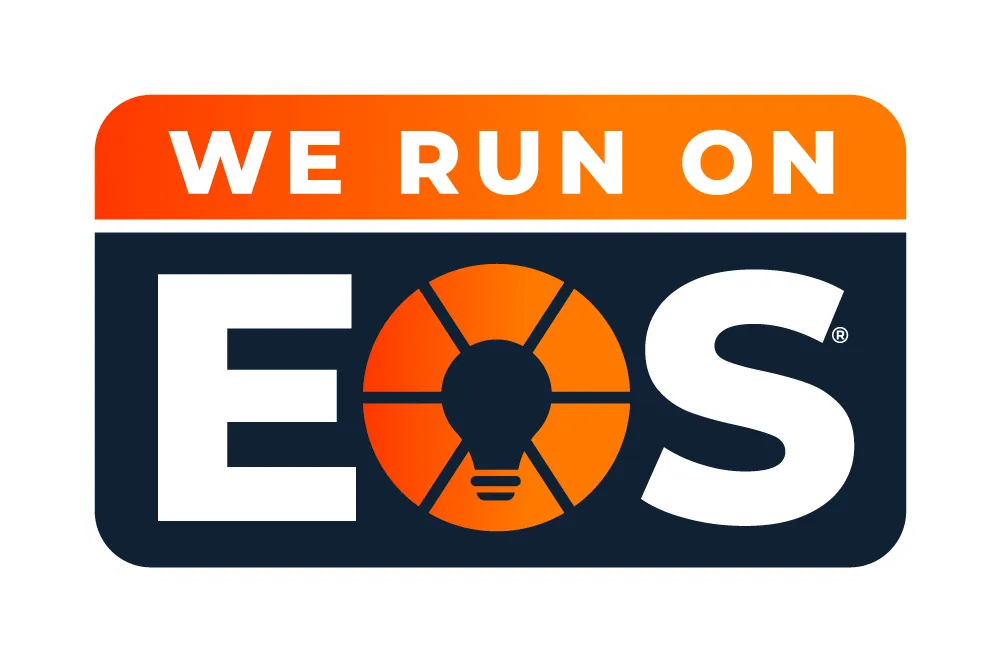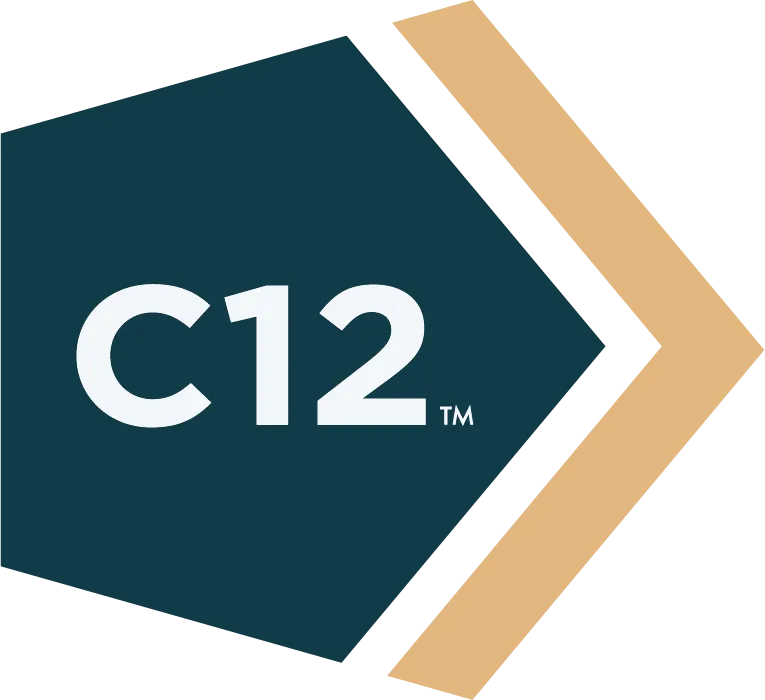404
Ooops. We apologize that the link is broken. Please use the links below to get back on track.

Podcast
Join Larry and Darrell for fun and informative conversations with sales thought leaders.

Blog
Get challenged with fresh ideas on how
to grow sales while growing yourself.

Daily Dose
Stay motivated each morning with a daily dose of inspiration from Larry Levine.
The Trust Formula
The key ingredients sales professionals can master to develop and sustain trust.




